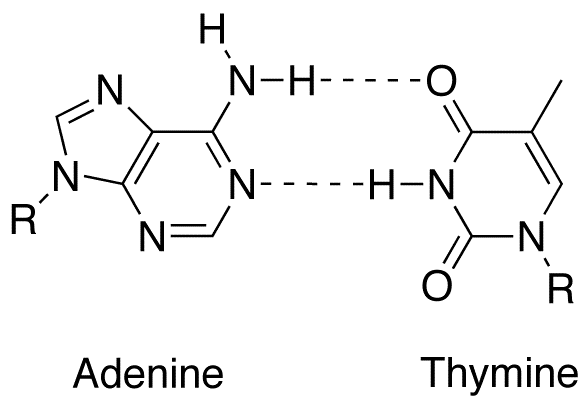Today we had a replacement class and also our usual Microbiology class by both Dr Wan and Prof. Not at the same time, of course!
With Dr Wan, we learned about Viruses that we are supposed to learn last week.
I understand more with today's lecture.
At first I thought that prions and virions are the structure of virus but actually there are a different kind of viruses.
This is the mind map that I have done for Viruses assignment that Dr Wan gave us.
"Open in new tab" OK to view it clearly x'D
As for our session with Prof. We learned about genetic transfer of bacteria.
There are three ways :
- Transformation
- Transduction
- Conjugation
TRANSFORMATION
Gene transfer from bacterium to another bacterium as "naked" DNA". (Donor cell to recipient cell)
The conversion of one genotype into another by the introduction of exogenous DNA (DNA from an external source).
The conversion of one genotype into another by the introduction of exogenous DNA (DNA from an external source).
A method of transferring DNA and producing recombinant that does not require conjugation.
TRANSDUCTION
Gene transfer from one bacterium (donor cell) to another bacterium (recipient cell) via bacteriophage.
There are two types of transduction :
- Generalized transduction
- Specialized transduction
GENERALIZED TRANSDUCTION
Resulting in any of the bacterial DNA to be transferred into bacteriophage.
SPECIALIZED TRANSDUCTION
Only bits of specific regions of the DNA are transferred.
CONJUGATIONS
Requires contact between donor cells and recipient cells.
Mediated by plasmid.
There are two types of conjugations :
- Plasmid transfer
- Chromososme transfer
PLASMID TRANSFER
Donor cells contain F plasmid (F+ donor)
Recipient cells do not contain F plasmid (F- donor)
Resulting in F- cell becomes F+ cell.
CHROMOSOME TRANSFER
When F plasmid integrated with chromosomes, forming Hfr cell.
#Hfr - High frequency recombinant
Hfr cell transfer DNA into F- recipient cell.
Resulting in F- cell become recombinant F- cell because the chromosome breaks before it is fully transferred.
And we also learned a bit about transposons. Prof didn't explain thoroughly about transposons though. Due to the time was almost 12pm I supposed.
TRANSPOSONS
Small segment of DNA than can move from one region of a chromosome to another region of the same chromosome or even to a different chromosome or DNA molecule.
Can be found in chromosome, plasmids and viruses.
Cause mutation.
#Transposon elements are also called "jumping genes" because they are mobile DNA.
There are three type of transposons :
- Class I : Retrotransposons
- Class II : Consist only of DNA that moves from place to place. Moves by "cut and paste" process which requires enzyme transposase.
- Class III : MITEs
 |
| Class I : Retrotransposon |
| Class II. "Cut and paste process" The DNA is "cut" from the donor cell and "paste" on a target DNA. |
P/S Do watch the videos! It helps!! :D



























